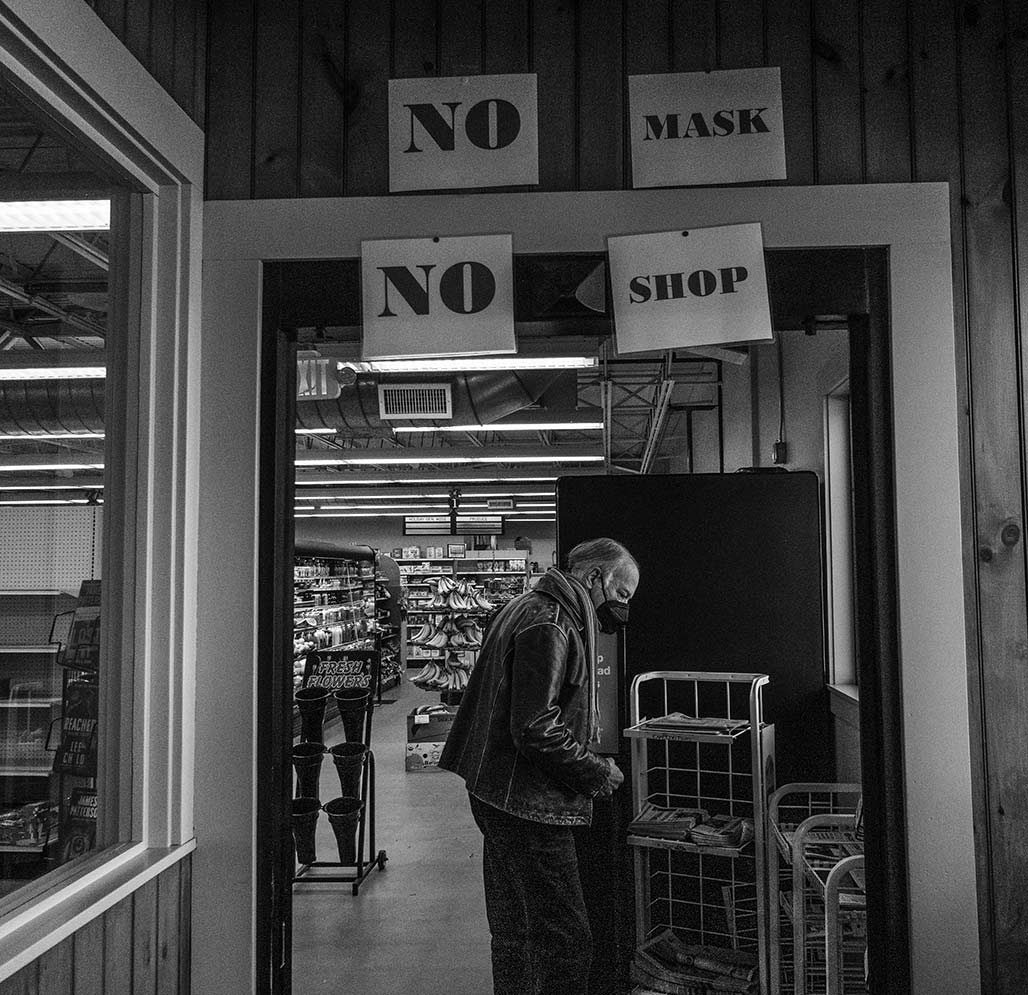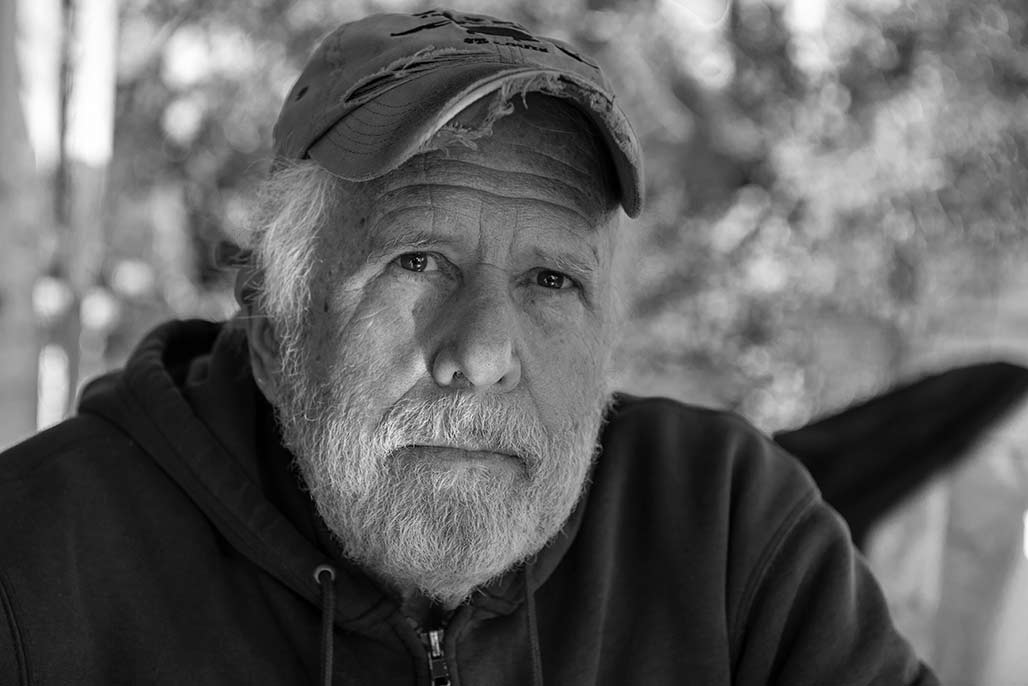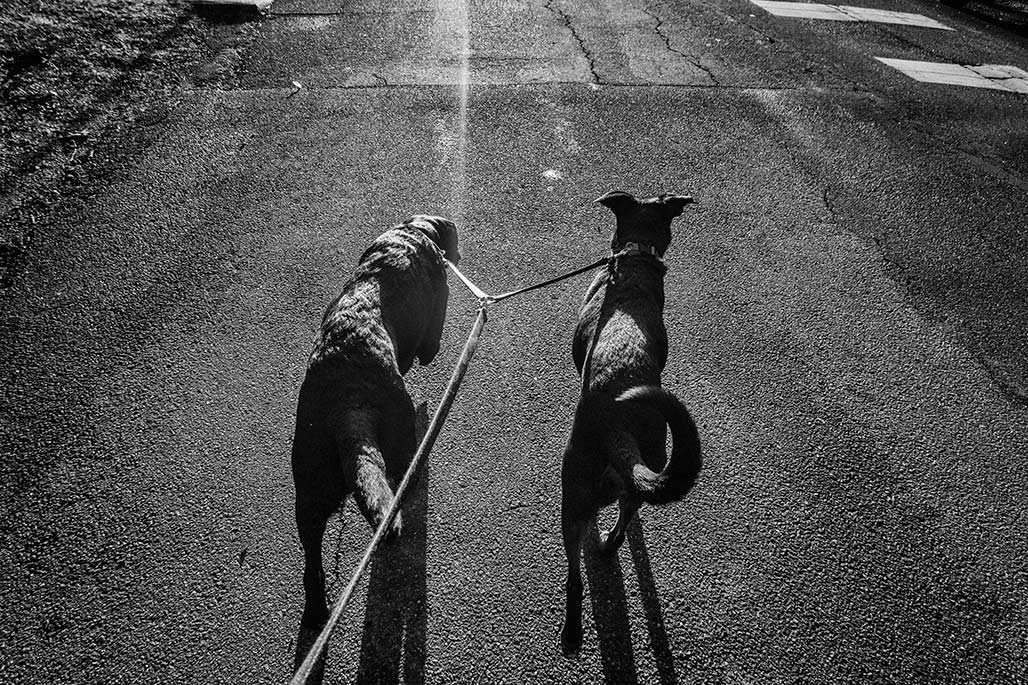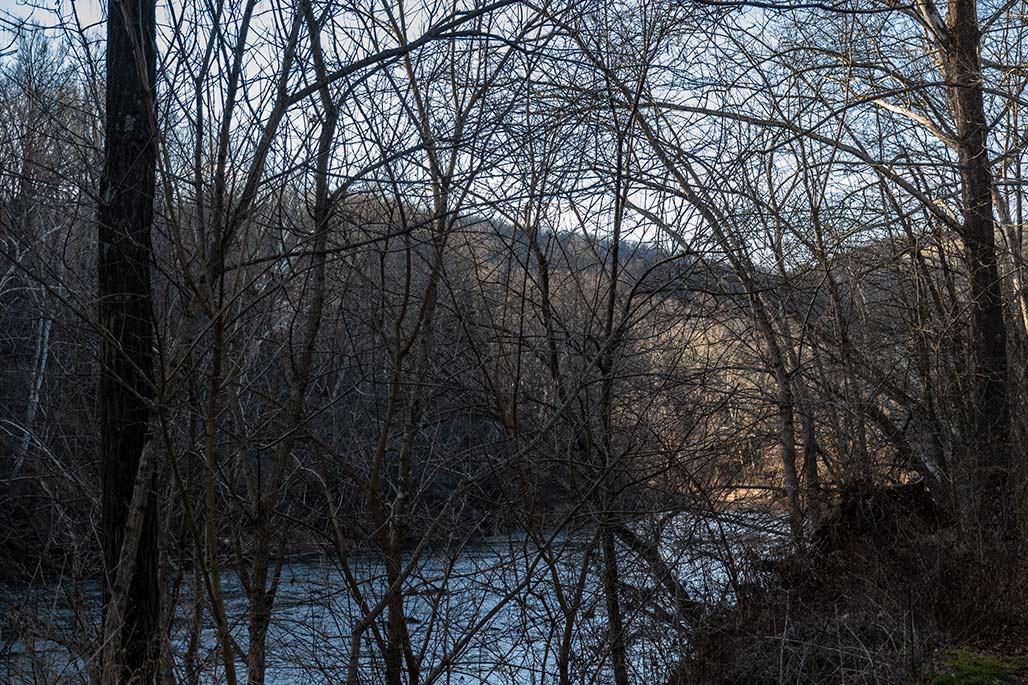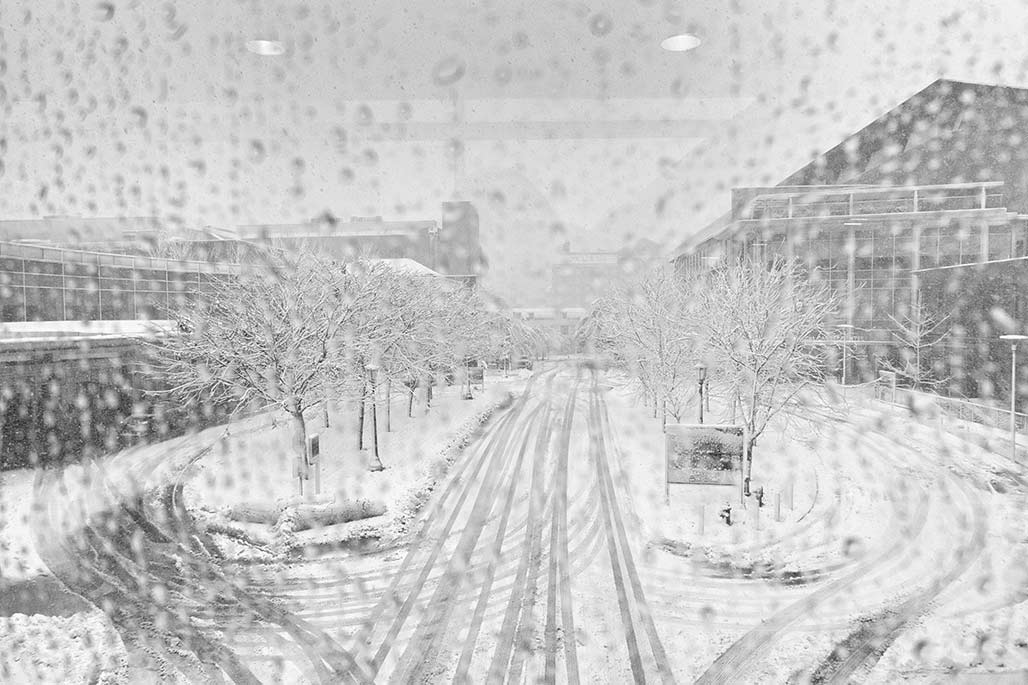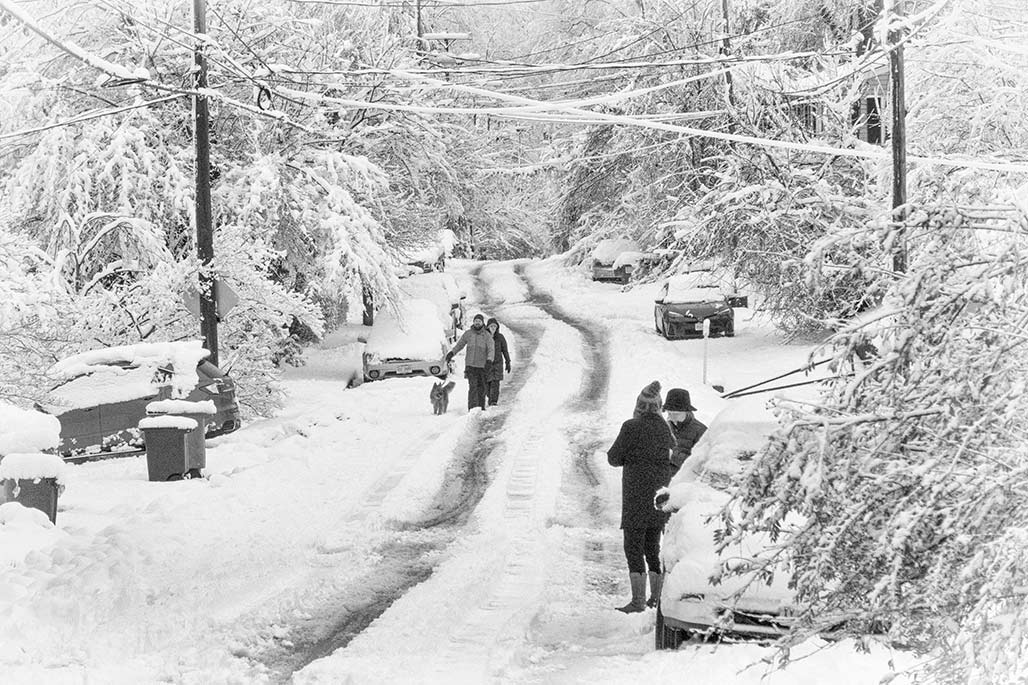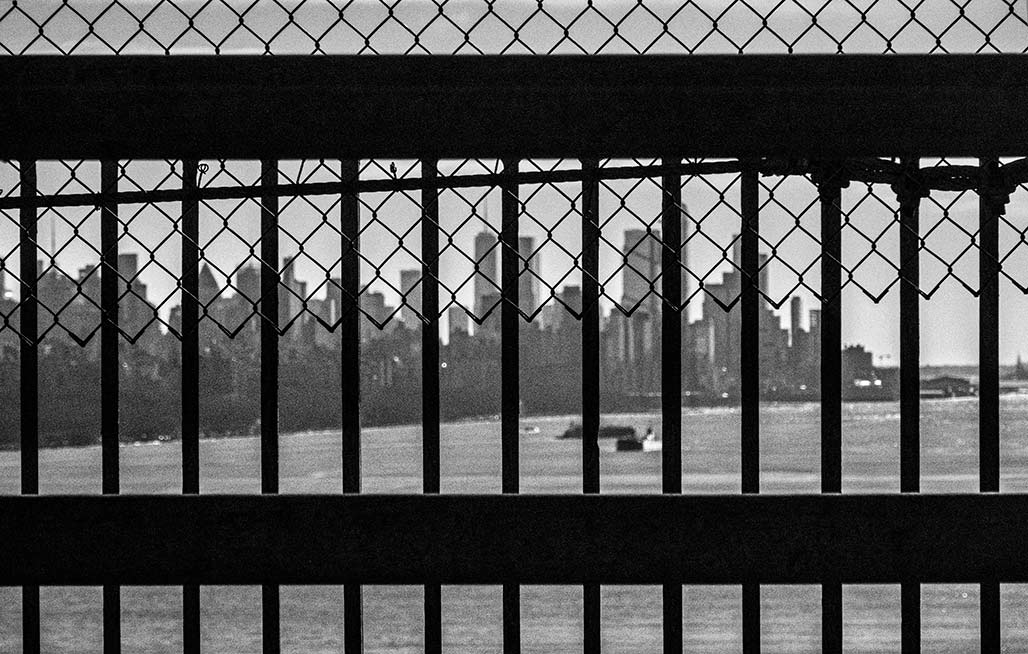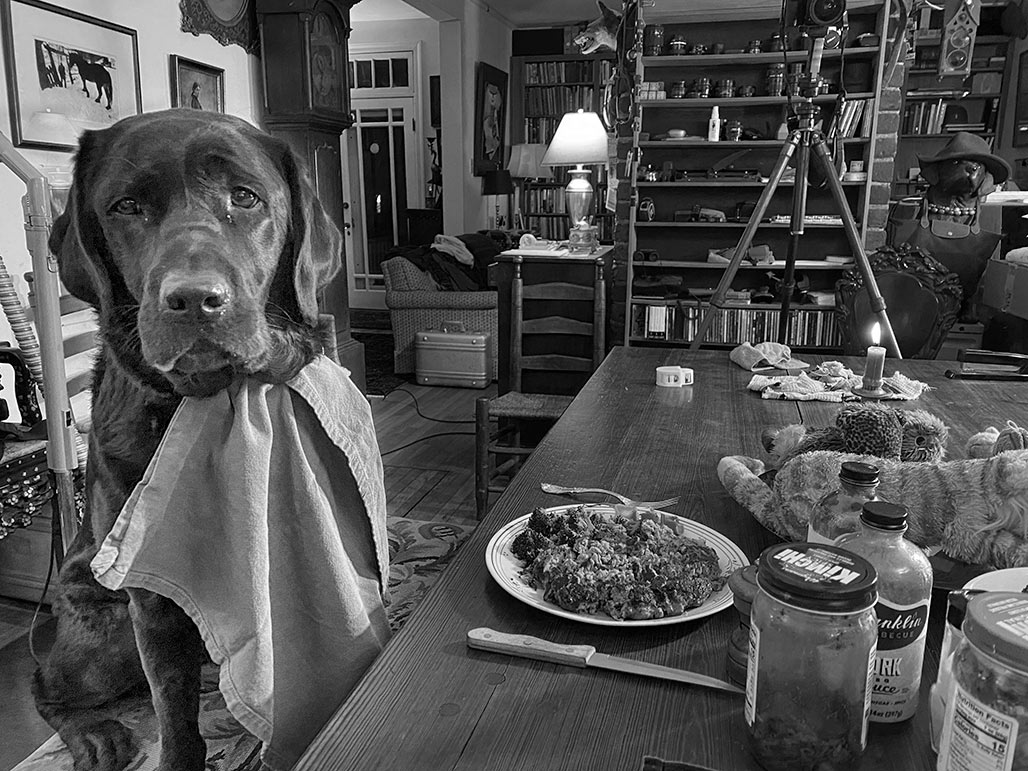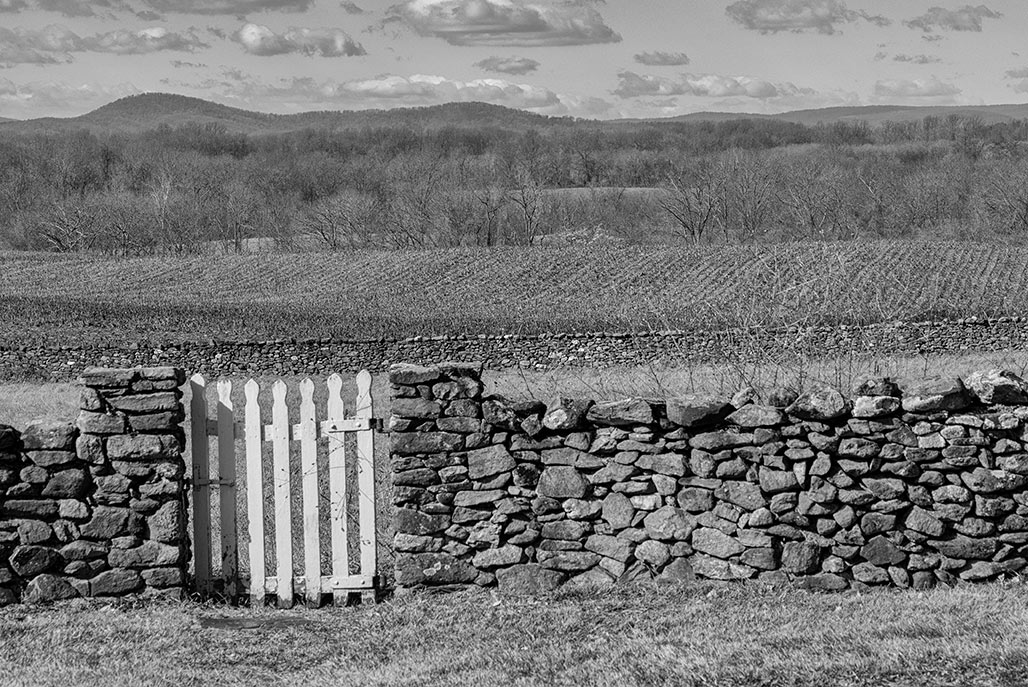

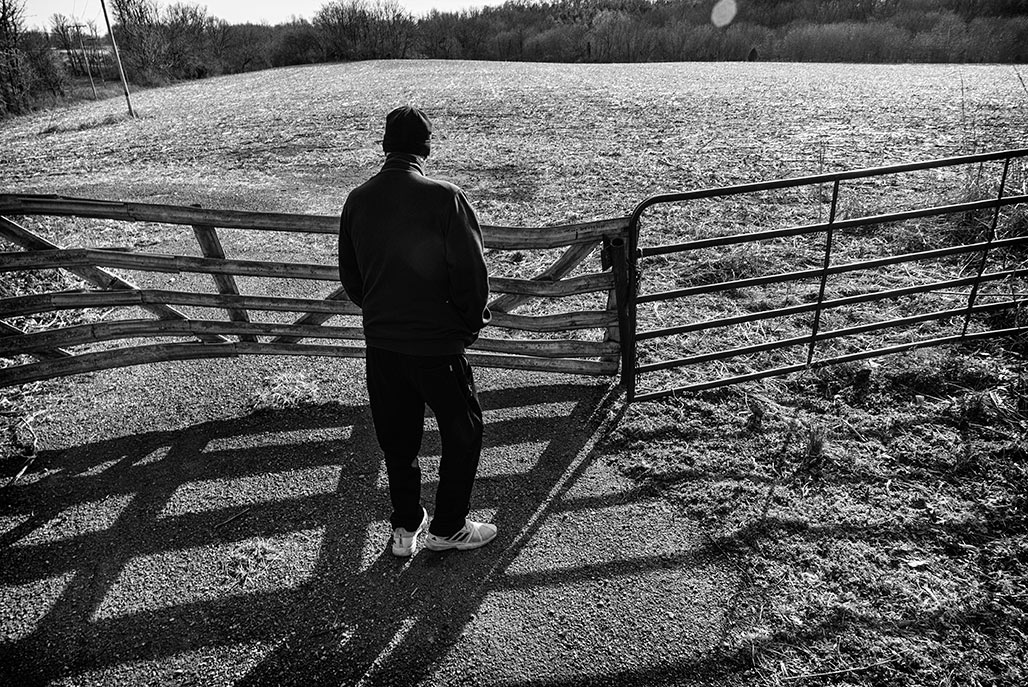
photography from the Chesapeake Bay watershed by Bill Emory



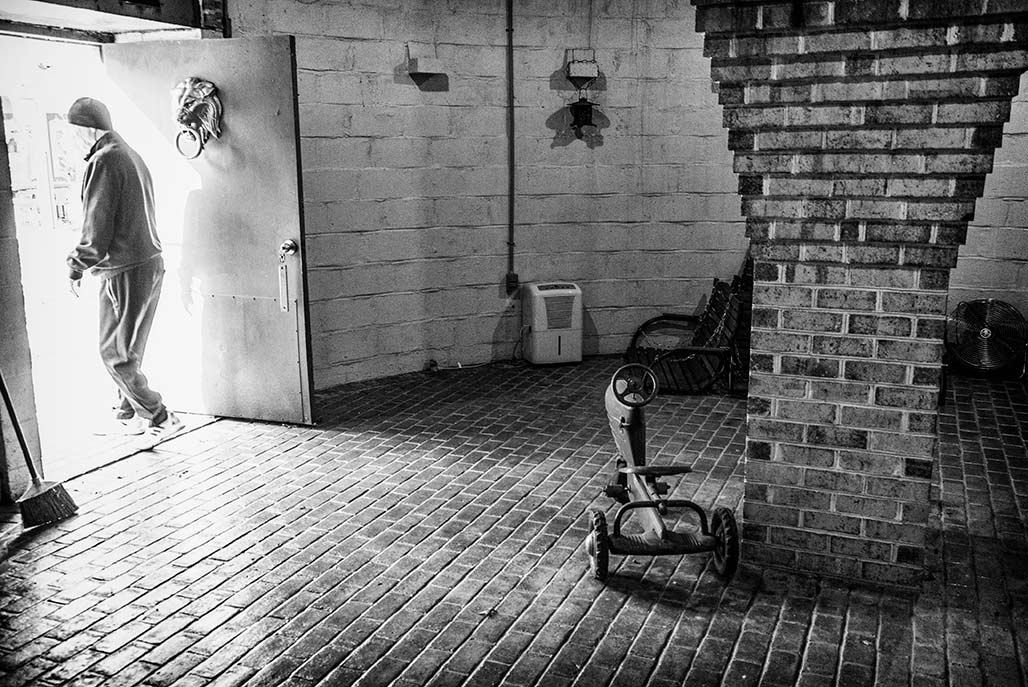
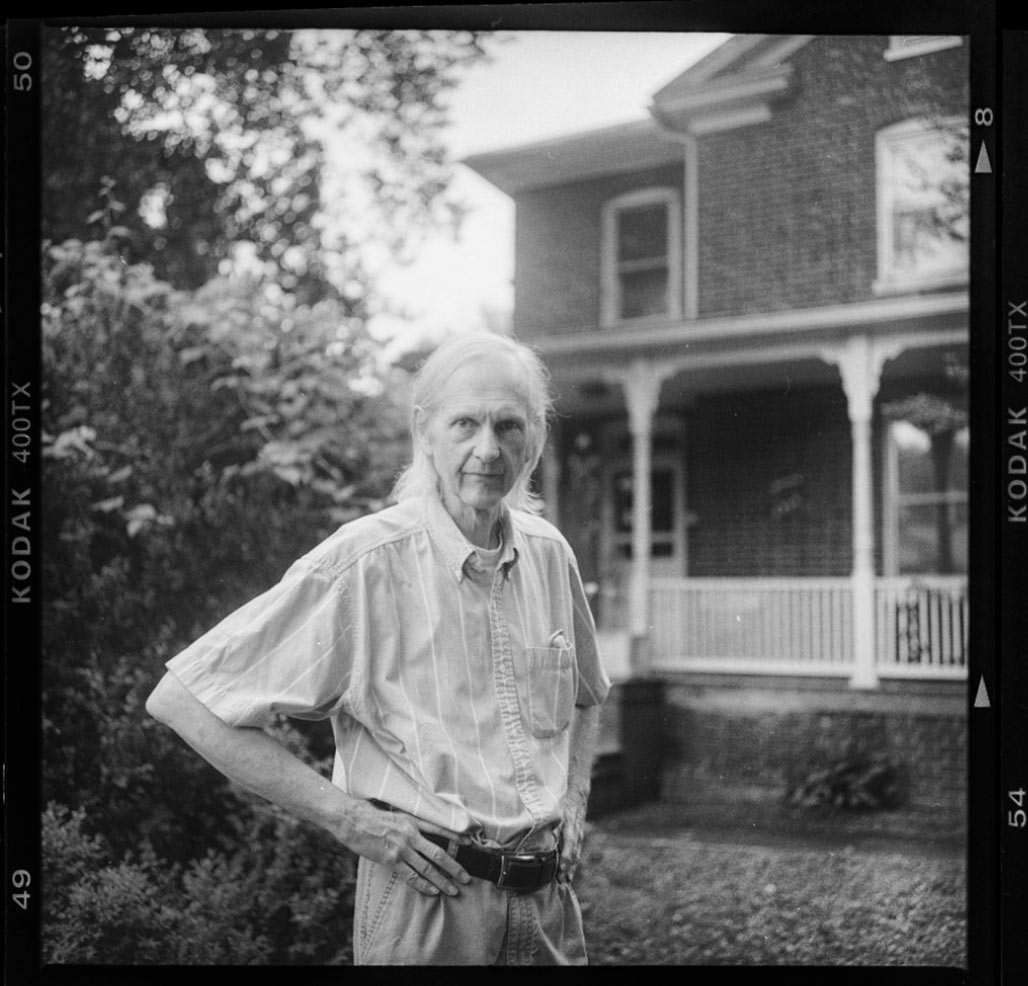

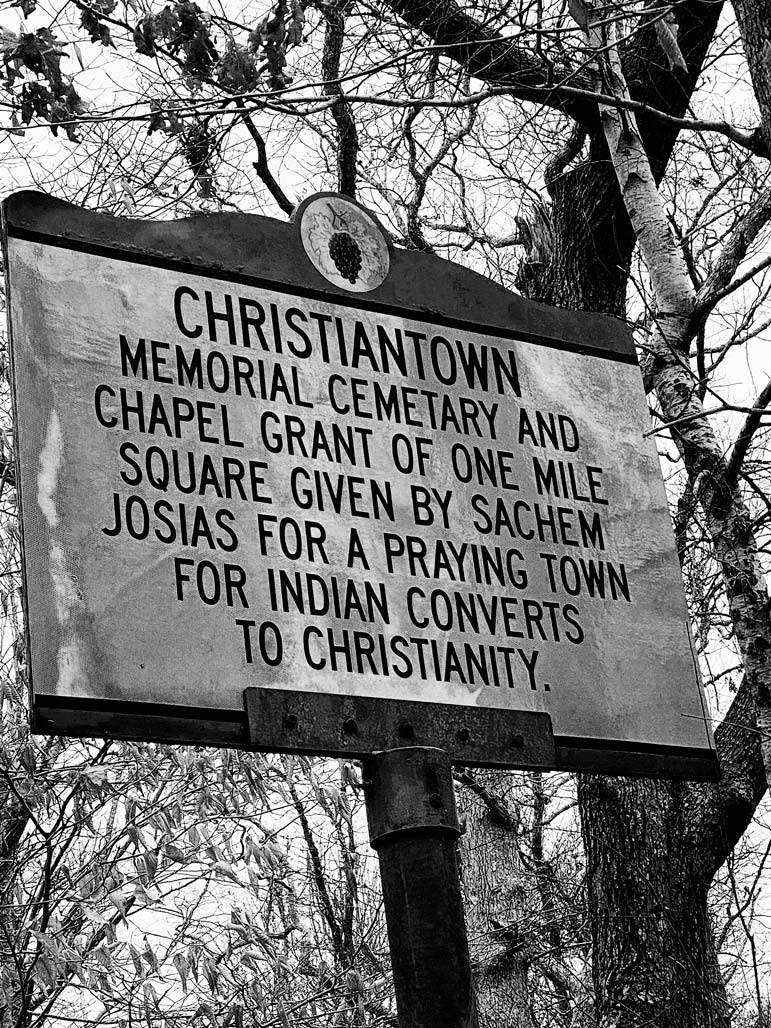
“Indian praying towns were no novelty in the Bay Colony, the first one having been established at Natick in 1651, with at least six more in 1670 and fourteen listed by Daniel Gookin in 1674. But these were set aside by the General Court rather than a “barbarous” Indian. In fact, Josias’ conveyance may well be the only instance whereby a non-conforming sachem made provision for his “Gospelized” subjects. There is some indication, derived from the fact that Pamick, Nonoussa, Tahquanum and Poxsin had agreed on February 23, 1659, to pay him a yearly bounty of 20 shillings, and also from Josias’ subsequent real estate operations that the Sachem was something of an opportunist. In other words, the idea of a praying town may have struck him as a sound business proposition. If so, he was doomed to disappointment for the 20 shillings was not forthcoming.”—
ELEANOR RANSOM MAYHEW THE CHRISTIANTOWN STORY 1659 — 1959
